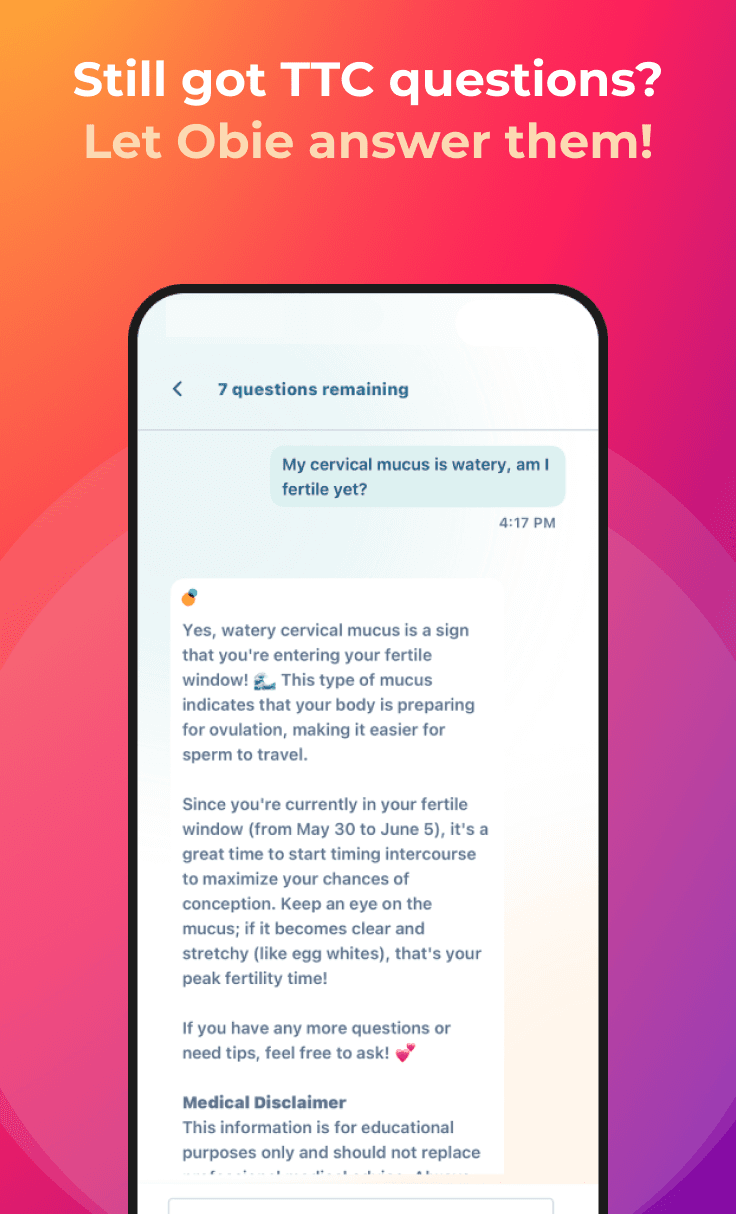Lab Surprise Hints at Improved Fertility Options for POI
Fertility and Infertility News
Obie Editorial Team
 Aaron Hsueh, PhD, was working with donated ovaries to perfect a process called somatic cell nuclear transfer, or SCNT. His work at the Stanford University School of Medicine, where he is a professor of obstetrics and gynecology, was funded by a grant from the California Institute for Regenerative Medicine (CIRM).
Aaron Hsueh, PhD, was working with donated ovaries to perfect a process called somatic cell nuclear transfer, or SCNT. His work at the Stanford University School of Medicine, where he is a professor of obstetrics and gynecology, was funded by a grant from the California Institute for Regenerative Medicine (CIRM).Hsueh’s mission was to use this form of therapeutic cloning to create unique stem cell lines that would be used for research. The ovaries Hsueh was using were donated by cancer patients and women with other medical conditions that prompted their removal.
Hsueh’s work involved stimulating the tiny follicles in the immature eggs (oocytes) with the hope of producing mature oocytes. The surprise came when the process worked so well follicles were successfully activated and, unexpectedly, they began to grow.
In a seemingly odd biological twist, when an ovary is disrupted, stalled follicle growth begins anew. In Hsueh’s case, the disruption was dividing one ovary into several pieces. With a little laboratory manipulation, the divided ovarian pieces were producing oocytes that hinted at viability.
Hsueh realized perfecting the process could mean an end to infertility caused by primary ovarian insufficiency (POI), diagnosed in women who experience premature menopause that ends their ability to conceive naturally. Another name for POI is premature ovarian failure (POF).
In addition to POI, young women who don’t ovulate effectively, women who undergo chemotherapy or radiation treatments for cancer, and infertile women of middle age may benefit from this process, according to Hsueh. The process is being called in vitro activation (IVA).
Thus far, one baby has been born using Hsueh’s method of IVA and another is on the way. The first baby was delivered by C-section, thanks to a breech position, but appears normal and healthy, according to the medical team who delivered him.
The baby is the result of a test of 27 women in Japan who underwent Hsueh’s process for IVA. Kazuhiro Kawamura, MD, PhD, was the physician performing the C-section and he claims to be as excited about the baby as its parents. He describes a sleepless night before delivery and tears and hugs when the healthy baby boy was delivered. “My anxiety turned to delight,” according to Kawamura.
As for Hsueh and SCNT, a team of researchers at Oregon Health & Science University beat him to the punch. He’s not worried, though. His new mission is to improve IVA to such a degree that ovary removal will not be necessary in the future.
Source: “Research funded by stem cell agency leads to novel fertility treatment, one child born.” California’s Stem Cell Agency. California Institute for Regenerative Medicine. Sep 30, 2013. Web. Dec 4, 2013.








